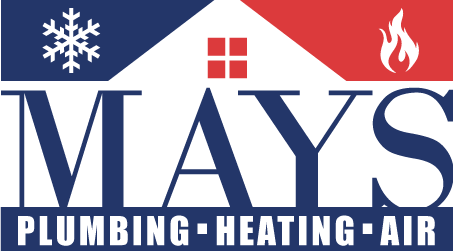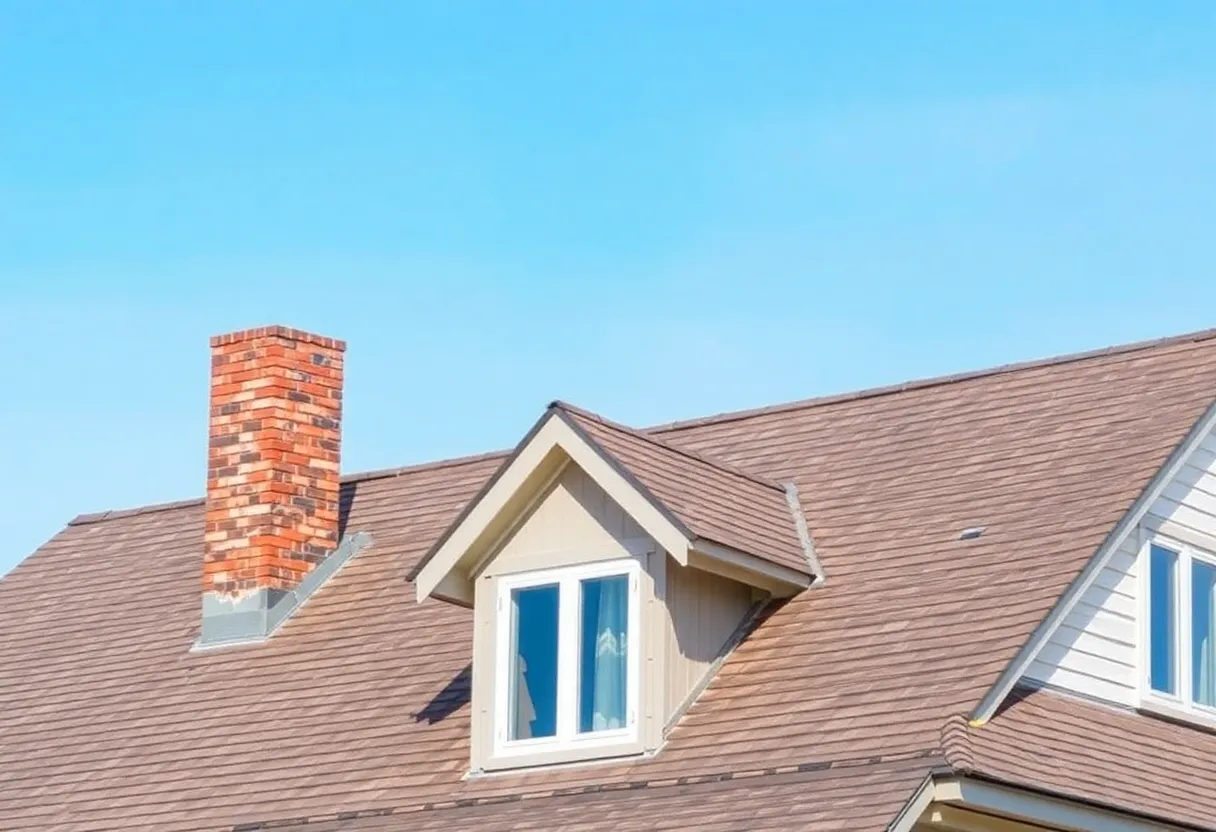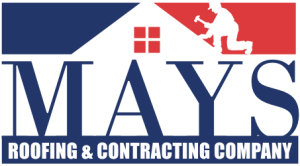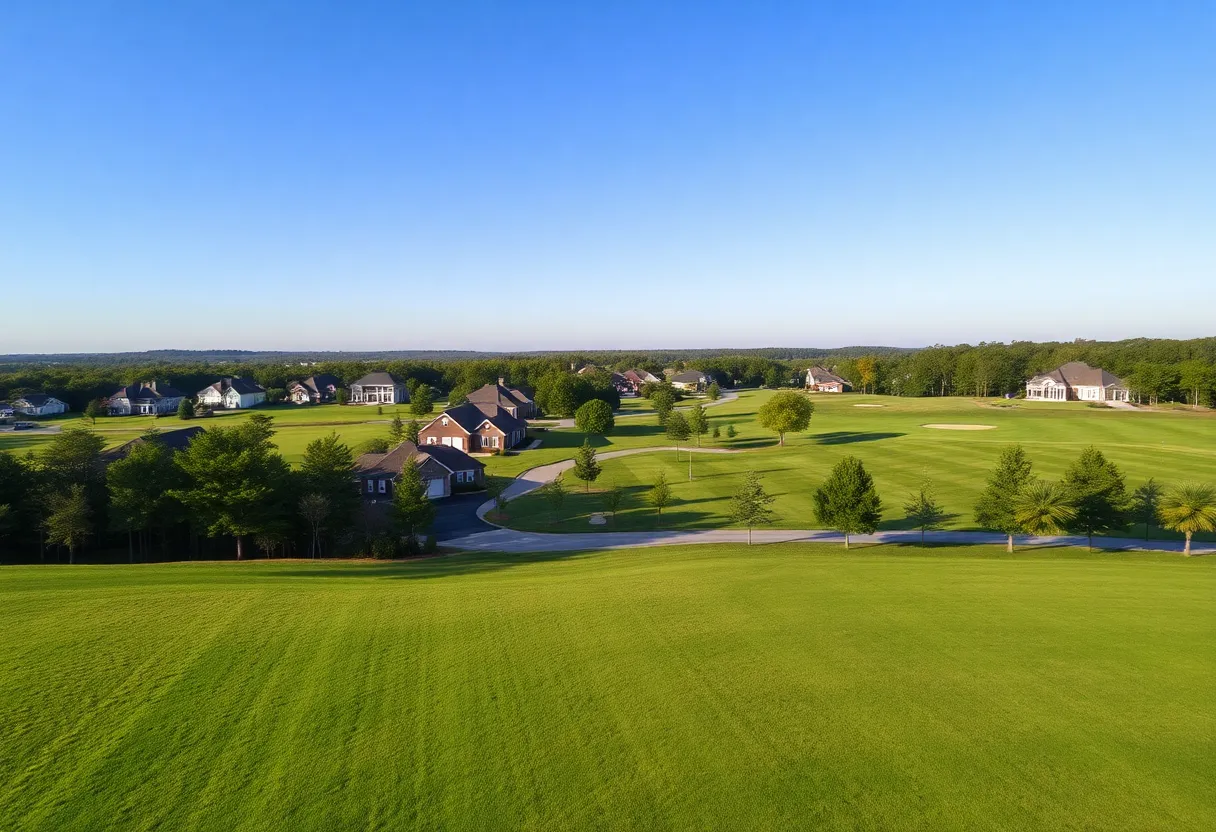How to Choose the Right Roof Pitch for Your Climate: Essential Tips for Homeowners
Selecting the appropriate roof pitch is a crucial decision for homeowners. It can affect not only the property’s aesthetic appeal but also its functionality and durability. Understanding how roof pitch interacts with climate can help you make an informed choice. Below are essential tips and insights to guide your decision-making process.
Understanding Roof Pitch
Roof pitch refers to the steepness or slope of a roof, typically expressed as a ratio of vertical rise to horizontal run. For example, a pitch of 4:12 means the roof rises 4 inches for every 12 inches of horizontal distance. A roof’s pitch can significantly affect its performance against weather elements, structural integrity, and energy consumption.
Influence of Climate on Roof Pitch
The climate in which you reside plays a critical role in determining the suitable roof pitch for your home. Different climates present varying challenges that can be addressed with specific roof designs.
1. Wet Climates
Areas with frequent rain or snow require roofs designed to ensure effective drainage. A steep roof pitch helps in achieving this.
- Advantages: A steep roof allows water and snow to slide off more efficiently, reducing the risk of leaks and water damage.
- Considerations: A minimal pitch of 4:12 is often recommended, especially in regions with heavy snowfall.
2. Hot and Dry Climates
In regions characterized by high temperatures and low rainfall, the ideal roof pitch differs. Here, flat or low-pitched roofs are more common.
- Advantages: Low-pitched roofs provide a more stable surface for weatherproofing, making them ideal for reflecting heat and minimizing cooling costs.
- Considerations: Roof pitches between 2:12 and 4:12 are often sufficient, as they also allow for efficient installation of air conditioning systems.
3. Cold Climates
Cold climates necessitate roofs that can efficiently manage snow loads and prevent ice dams.
- Advantages: A steep roof pitch (6:12 or greater) is preferable as it can reduce the accumulation of snow and ice.
- Considerations: This roof design helps avoid the weight stress caused by heavy snow, thereby protecting the structural integrity.
4. Humid and Tropical Climates
Regions that are humid and prone to tropical storms require roofs that can withstand high wind speeds and heavy rain.
- Advantages: A moderate pitch (4:12 to 6:12) balances aesthetics and performance, allowing water drainage while also resisting wind uplift.
- Considerations: Proper roofing materials that can withstand moisture should also be taken into account along with pitch.
Roof Pitch and Material Considerations
The choice of roofing material can also affect the optimal pitch for your roof. Different materials have varying capabilities in terms of pitch requirements.
1. Asphalt Shingles
Commonly used due to their affordability and ease of installation, asphalt shingles are effective on roofs with pitches ranging from 3:12 to 12:12.
- Consideration: A pitch below 3:12 could void manufacturers’ warranties due to the risk of water pooling.
2. Metal Roofing
Metal roofs can be installed on both steep and low pitches, making them versatile.
- Advantages: They provide excellent drainage and are resistant to strong winds.
- Consideration: A pitch of at least 1:12 is recommended for optimal performance.
3. Tile Roofing
Clay or concrete tiles typically require a minimum pitch of 4:12 to ensure proper water drainage.
- Advantages: They are durable and ideal for hot climates, often used in Mediterranean-style homes.
4. Flat Roofs
Flat roofs are commonly found in commercial buildings but are also used in residential settings.
- Consideration: They require proper drainage systems to prevent water accumulation, making them less ideal for very wet climates.
Regional Building Codes
Before finalizing your roof pitch, consult local building codes. Different regions may have specific requirements governing roof designs based on historical data and climate projections.
1. Legal Requirements
Ensure you adhere to local regulations, which may dictate minimum pitch requirements based on typical weather patterns.
2. Assessing Historical Performance
Reviewing past weather events in your area can be beneficial. Understanding your region’s history of severe weather can influence your roof pitch choice.
Impact on Energy Efficiency
The roof pitch can also impact your home’s energy efficiency. A well-chosen pitch can help regulate indoor temperatures and reduce energy bills.
1. Heat Reflection
In hot climates, a low-pitched roof can help manage heat gain, keeping the home cooler.
2. Insulation and Ventilation
A steeper pitch may enhance airflow and ventilation, helping to regulate temperatures better in cold climates.
Professional Consultation
Consulting a roofing professional familiar with local climate conditions can provide invaluable insights. They can offer personalized recommendations on the best pitch for your home that adheres to safety, appearance, and budgetary considerations.
1. Assessing Specific Needs
A qualified roofer will consider your home’s architecture, structural capacity, and local weather patterns before recommending a roof pitch.
2. Comprehensive Roof Inspection
Performing a thorough inspection of your existing roof can also reveal important details that may inform your choice concerning pitch adjustment.
Final Considerations
Choosing the right roof pitch for your home is fundamentally important. The pitch affects drainage efficiency, energy consumption, and overall durability. By carefully considering your local climate, materials, building codes, and professional insights, you can make an informed decision that enhances your home’s performance and longevity.
In conclusion, investing time and effort into determining the most suitable roof pitch can yield long-term benefits for homeowners, ensuring their properties withstand the elements while remaining visually appealing.
Author: STAFF HERE Chapin
CHAPIN STAFF WRITER The CHAPIN STAFF WRITER represents the experienced team at HEREchapin.com, your go-to source for actionable local news and information in Chapin, Lexington County, and beyond. Specializing in "news you can use," we cover essential topics like product reviews for personal and business needs, local business directories, politics, real estate trends, neighborhood insights, and state news affecting the area—with deep expertise drawn from years of dedicated reporting and strong community input, including local press releases and business updates. We deliver top reporting on high-value events such as the Chapin Christmas Parade, Fourth of July Celebration, and the Chapin Fall Festival. Our coverage extends to key organizations like the Chapin Chamber of Commerce and the Lexington School District One, plus leading businesses in retail and recreation that power the local economy such as Lake Murray Tourism and the Chapin Visitor Information. As part of the broader HERE network, including HEREaiken.com, HEREbeaufort.com, HEREchapin.com, HEREcharleston.com, HEREclinton.com, HEREcolumbia.com, HEREgeorgetown.com, HEREgreenwood.com, HEREgreenville.com, HEREhiltonhead.com, HEREirmo.com, HEREmyrtlebeach.com, HEREnewberry.com, HERErockhill.com, HEREspartanburg.com, HEREaustin.com, HEREcollegestation.com, HEREdallas.com, HEREhouston.com, and HEREsanantonio.com, we provide comprehensive, credible insights into South Carolina's dynamic landscape.




 Mays Contracting
Mays Contracting

